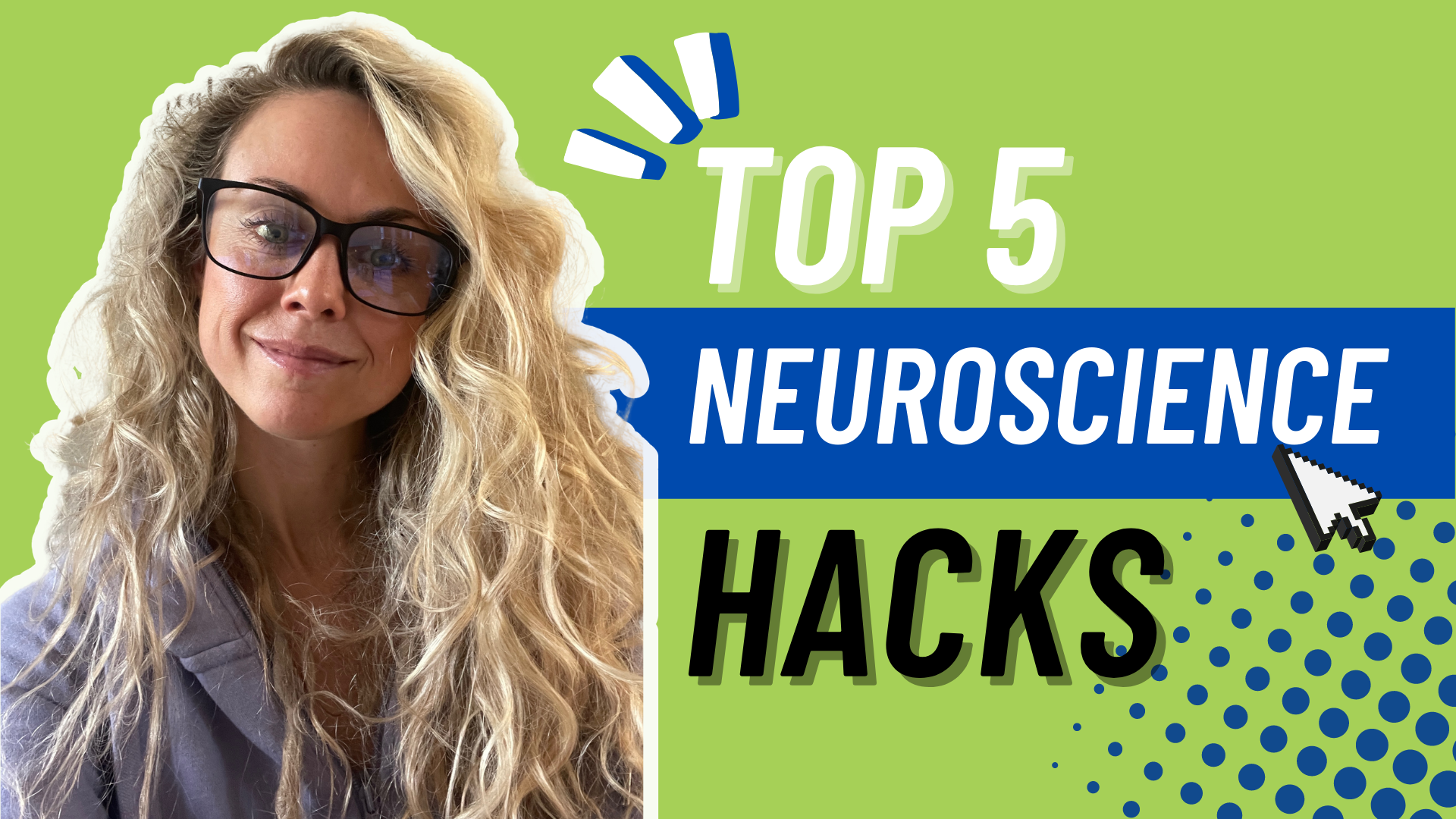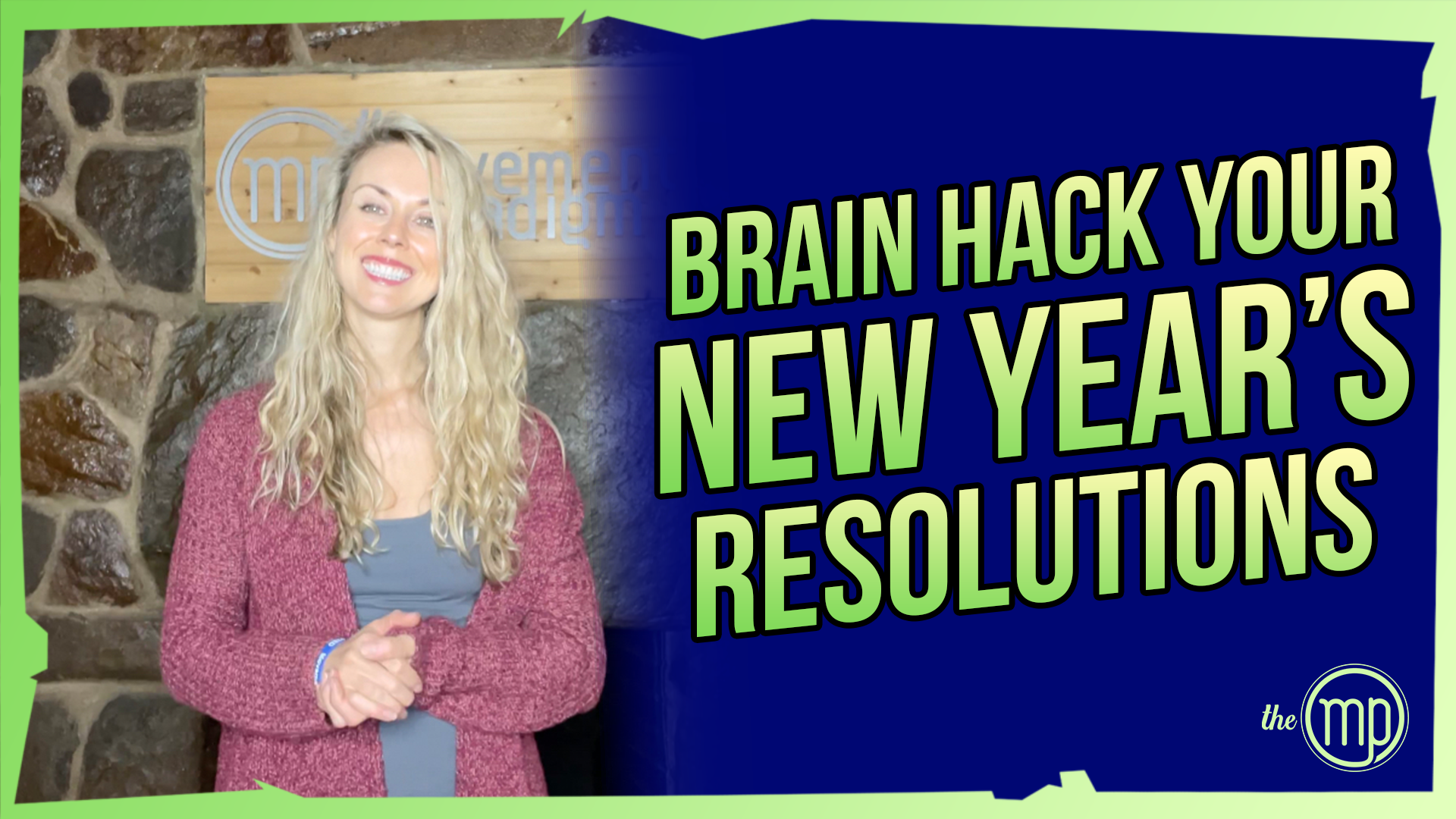Do you want to do my favorite neuroscience hacks that can help improve your memory, retention, and overall cognitive health? If you’re like me and you’re constantly trying to learn new things, these can be invaluable.
Rather watch or listen?
5 Neuroscience Hacks
1. Taking a 10 Second Pause
Studies have shown that taking a 10-second pause, interspersed with trying to retain new knowledge, can help you to get a 20-fold replay. In other words, whatever information you are trying to retain, you could learn that 20-fold by taking very intentional 10-second pauses. How does this happen? It’s will affect your hippocampus and your neocortex which is critical for memory and retention.
2. Listening to White Noise
Although some people may be distracted by white noise, many individuals that suffer from ADHD or ADD can benefit greatly too. White noise can help increase dopamine which can help with working memory. It can help tune out the background noise and help you to focus on the task at hand.
3. Wearing Blue Light Blockers
We are stimulated by blue light all day long. However, after seven o’clock when your circadian rhythm is beginning to shift and you plan to use electronics, blue light blockers can be very helpful. It is one of the simplest things that you could do that can improve the quality of your sleep, thereby improving memory and retention.
4. Crossing Midline
Crossing midline is a great way to connect the right and left hemispheres of our brain which is connected via the corpus callosum. When you cross midline, you’re improving coordination and communication between hemispheres, which can ultimately help you improve your learning. Something as simple as bringing your knee to your opposite elbow either in the sitting or standing position can be a great way to wake up your brain!
5. Movement
Movement is key for learning. Sitting all day while trying to learn something new is not the most ideal way to optimize your retention. Aim to move every 30 minutes and also try moving while simultaneously learning, like walking while listening to an audiobook.
Of course, that’s not all of the amazing things that you can do to help improve your cognitive health, memory, and retention. See what resonates with you and see if that can be integrated into your life.
We are happy to help, so please reach out. We do virtual and in-person consultations, so we’d love the opportunity to help you on your journey. If this was helpful, give it a share and make sure to subscribe to our YouTube channel, The Movement Paradigm, for weekly tips on mindset, nutrition, and movement.
Need help? Reach out for a 15-minute FREE discovery session to see how we can help you on your journey.
Vagus nerve hack | Diaphragmatic and Lymphatic Release


